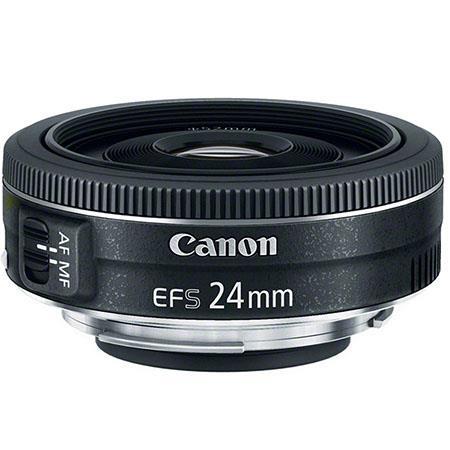Kruegon
Well-Known Member
- Joined
- May 20, 2014
- Messages
- 1,885
- Reaction score
- 5
I know where we officially draw the line between low power and mid power. What I'm curious about is where you, as individuals, draw the line.
Flatly stated, E, F, & G motors are mid power. A, B, C, & D motors are low power. Since I flew Estes exclusively for the first roughly 24 years of my flying, a BP 'E' just feels low power. Even the BP 29mm E & F feel kinda low power to me.
So strictly speaking from my gut feeling, BP motors are low power. Anything composite E thru G is mid power. Makes no sense right? It just how it feels to me when I fly them.
What about you?
Flatly stated, E, F, & G motors are mid power. A, B, C, & D motors are low power. Since I flew Estes exclusively for the first roughly 24 years of my flying, a BP 'E' just feels low power. Even the BP 29mm E & F feel kinda low power to me.
So strictly speaking from my gut feeling, BP motors are low power. Anything composite E thru G is mid power. Makes no sense right? It just how it feels to me when I fly them.
What about you?






